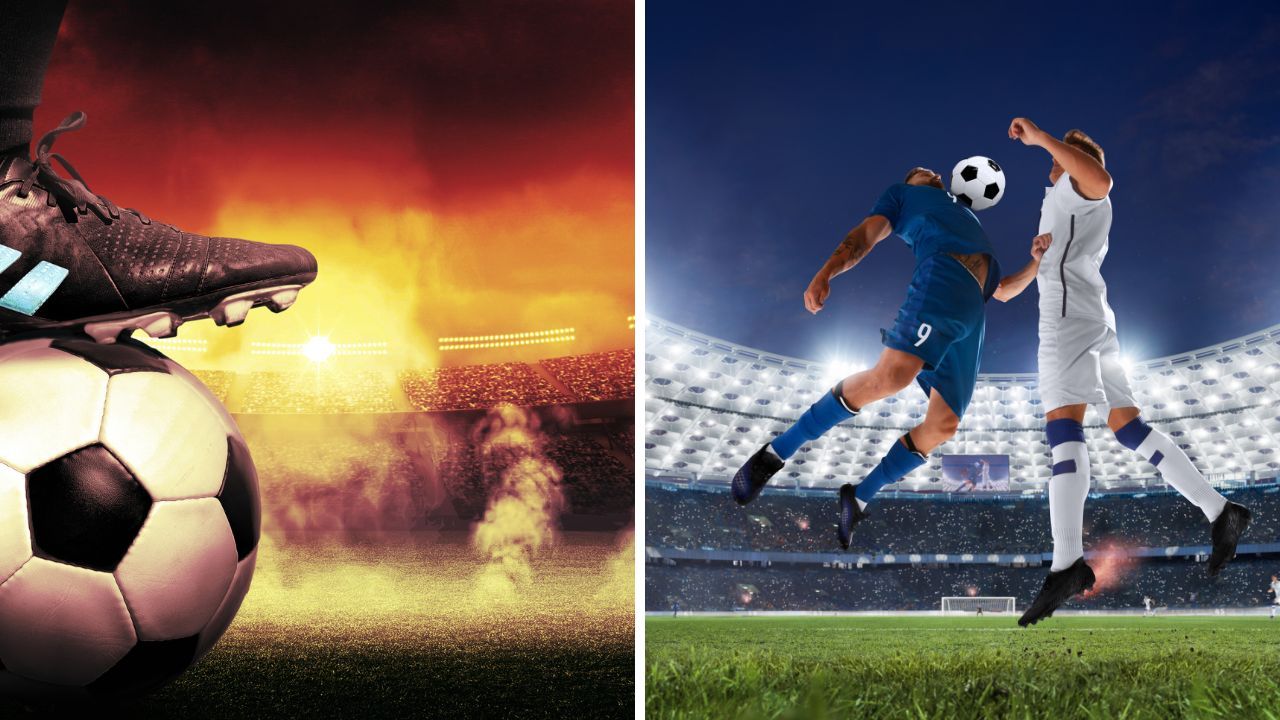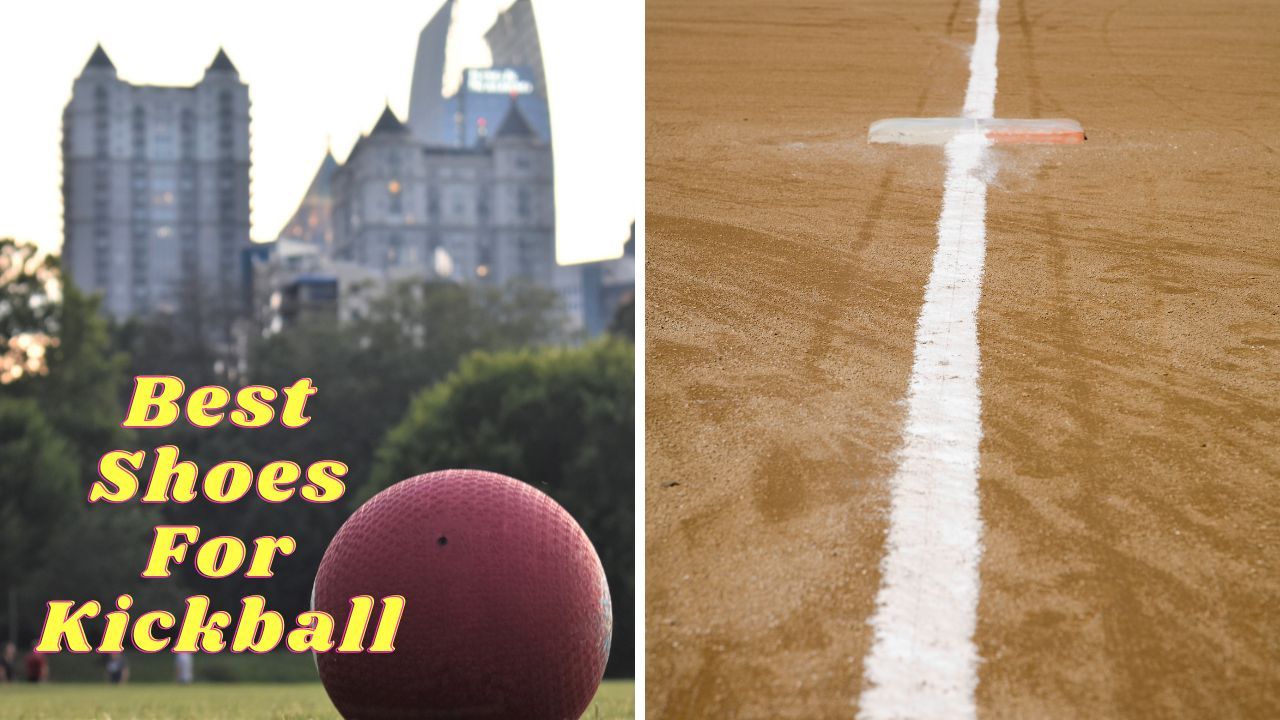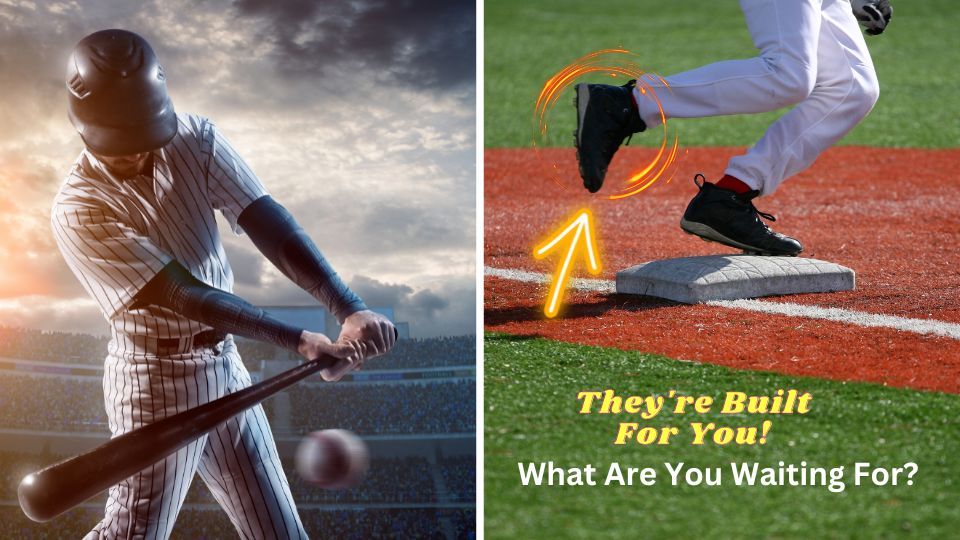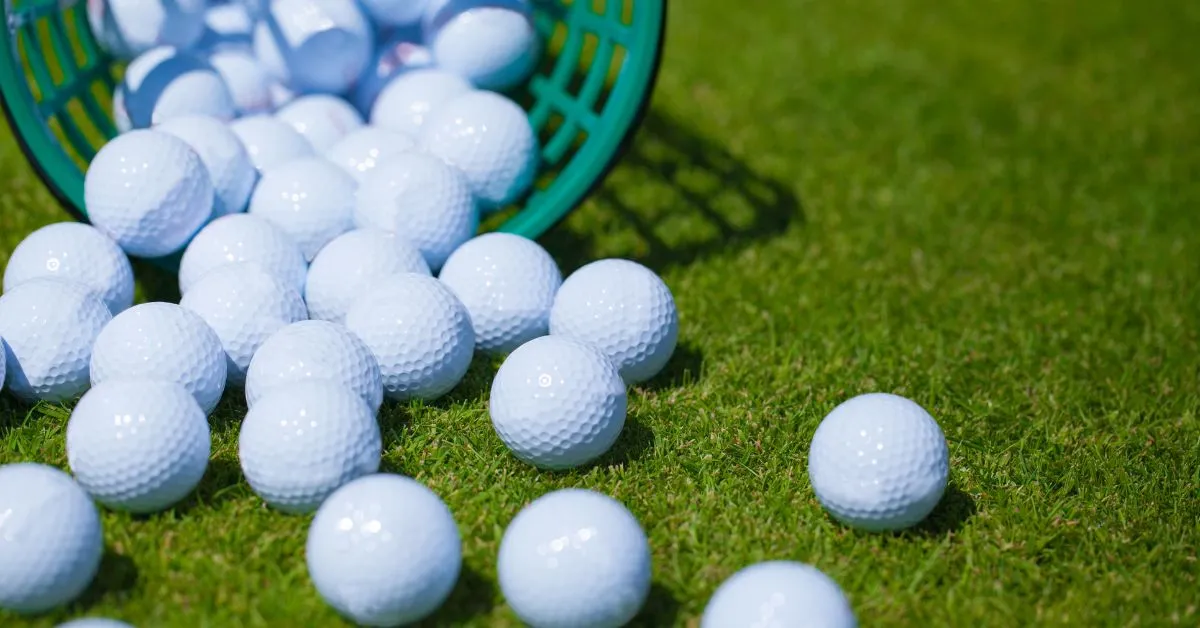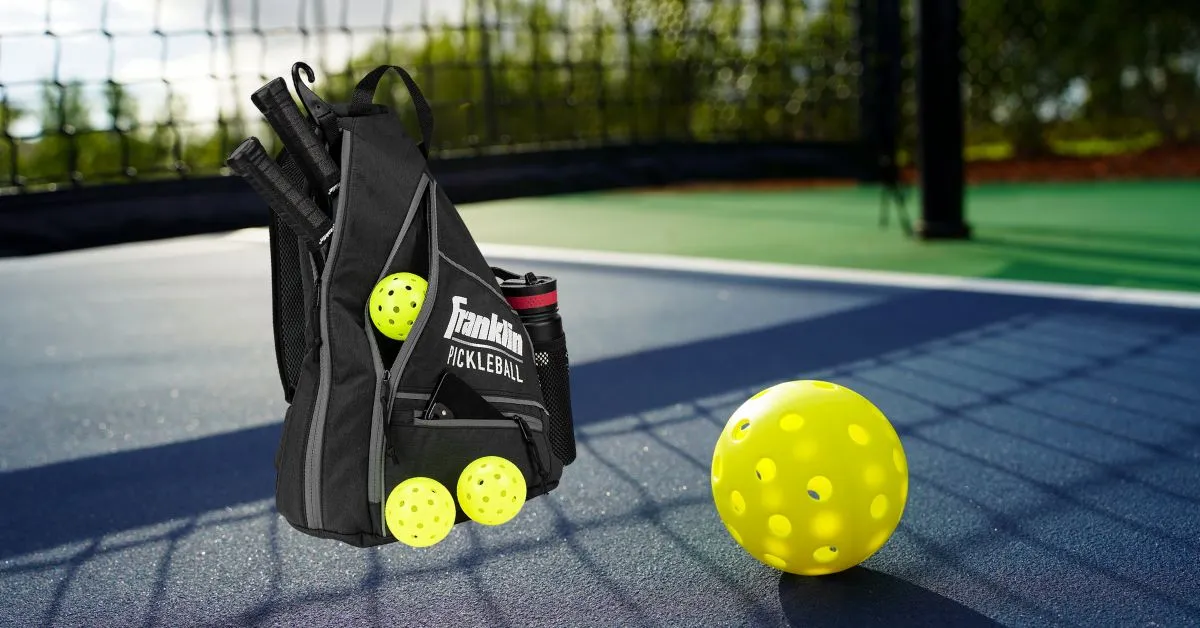Table of Contents
Many athletes and sports fans have long debated the benefits or drawbacks of wearing soccer cleats for football as opposed to traditional football cleats. In this post, we will analyze whether it is a viable option by looking into both the pros and cons when using these soccer-specific shoes on the field. We'll explore what should be taken into consideration prior to making such a decision so that you can gain better insight if utilizing soccer cleats for playing football would benefit your performance overall.
Can You Use Soccer Cleats For Football? Let's find out!
- Soccer cleats are made for playing soccer. Yes you can use them in football, offering increased speed and agility, but limited stability & support but they are really made for soccer movements.
- When choosing soccer cleats for football, consider fit, position-specific demands, durability & ankle support to ensure optimal performance & safety.
- Proper care is essential when using soccer cleats for football. Alternatives such as turf shoes may provide adequate protection.
Soccer Cleats in Football: Are They Allowed?
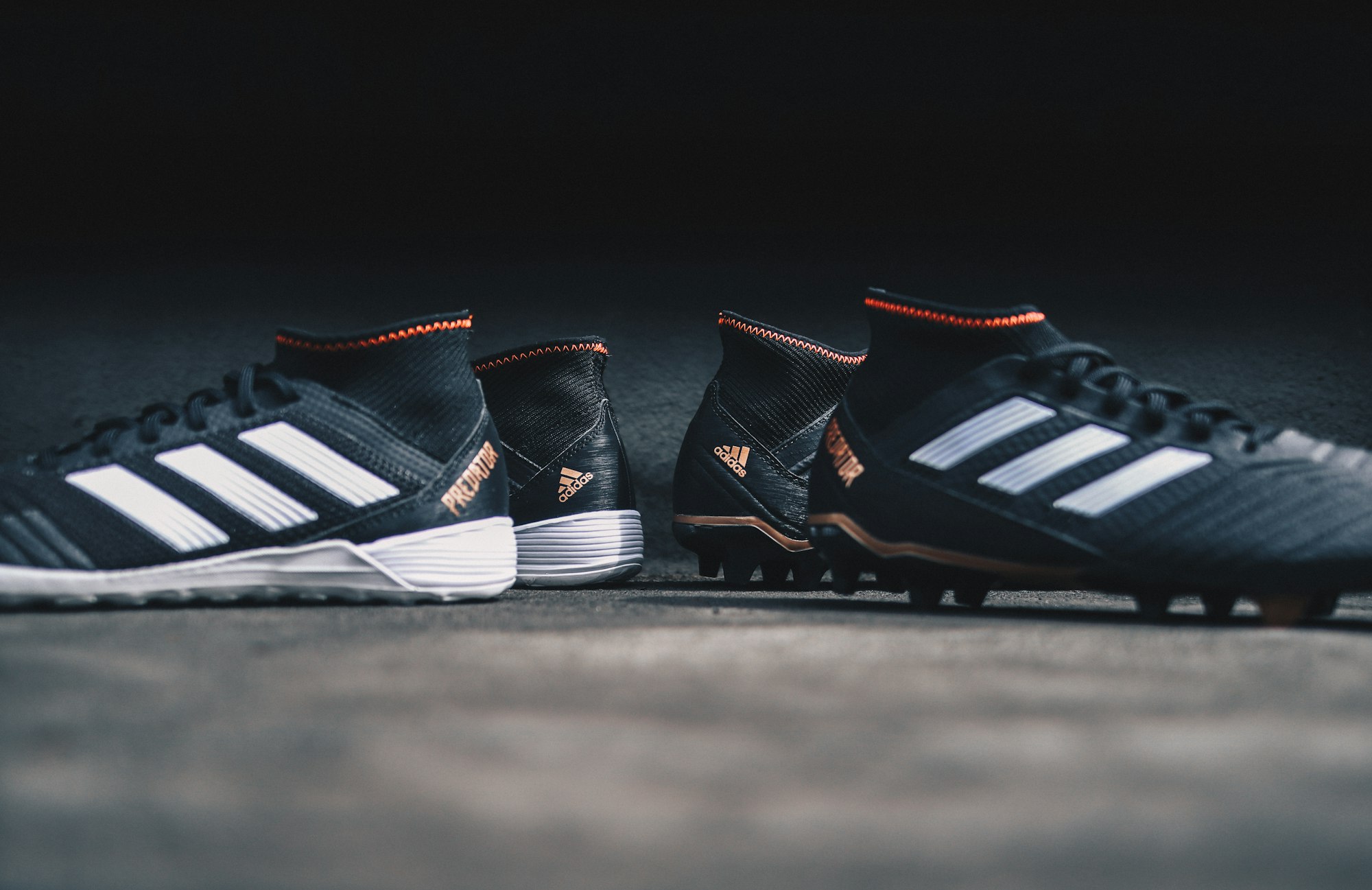
Football players may wear soccer cleats in many leagues and clubs, though it's wise to verify rules for your particular situation with your coach or the league. The advantages of using these specialized shoes can include greater speed and agility, better grip on artificial turf surfaces as well as more versatility. Drawbacks such as reduced protection from injury due to a toe stud or stability issues could arise when wearing them while playing football compared to the traditional style of cleat designed specifically for that sport.
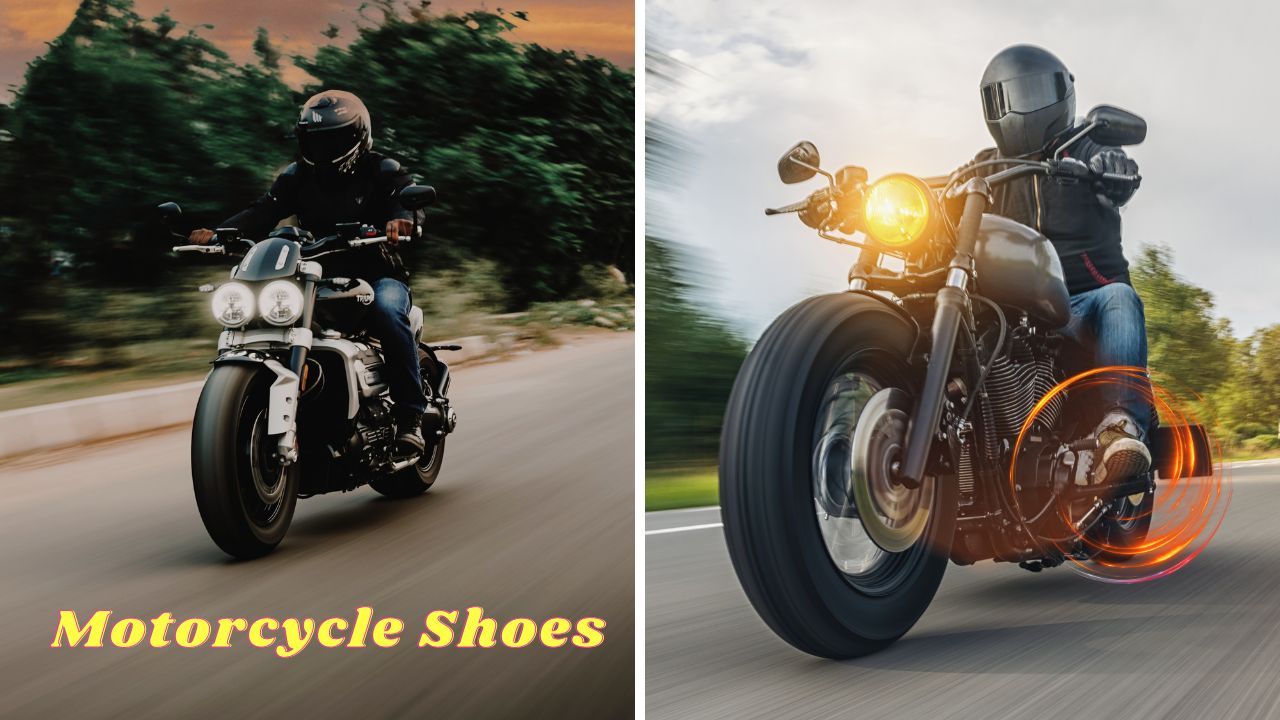
Advantages of Wearing Soccer Cleats for Football
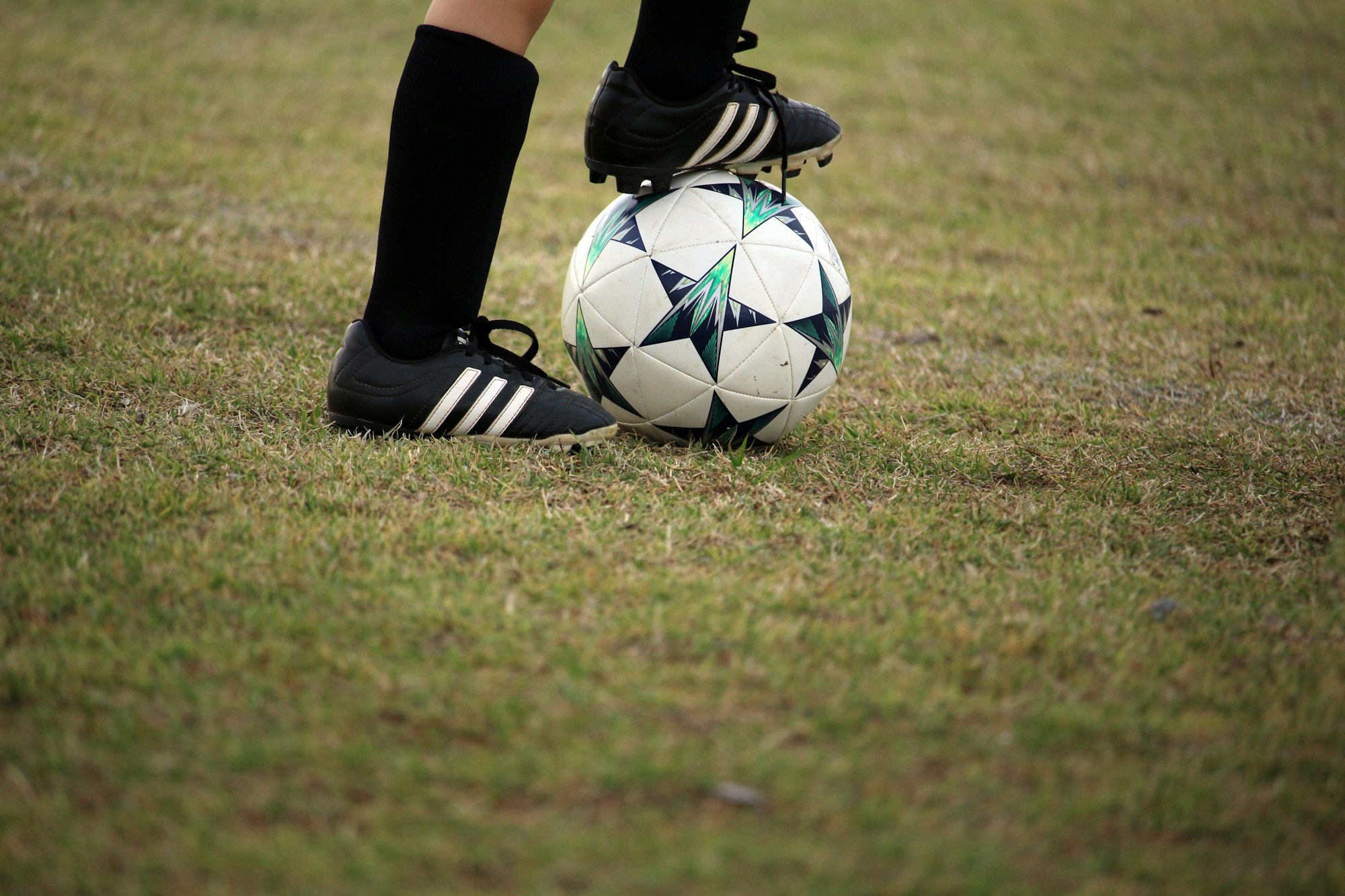
Football players often opt for soccer cleats due to their lightweight and comfortable fit. The improved mobility of the ankle area, as well as grip on various playing surfaces, makes this choice advantageous when looking to increase speed and agility while performing in football matches. Wearing these specific types of shoes can be dangerous. Boost a player's performance overall.
Increased Speed and Agility
Football players favor soccer cleats because of how they help with speed and agility. Their lightweight construction allows for a wider range of motion, helping to give footballers quickness on the field that's vital in flag football games. Leather cleats have been replaced by synthetic materials which offer similar advantages while also providing durability and water resistance. Soccer shoes are extremely important pieces of equipment necessary for success in traditional soccer so why not football!
Enhanced Versatility
Soccer cleats are often seen as a versatile option to use in different types of soccer playing fields, from natural grass surfaces to artificial turf. They can also be used by players with various positions including kickers and wide receivers for increased flexibility when selecting footwear. It is important that you consider the level of support needed depending on what your role demands. Linemen or linebackers might need more protection than what these types of cleats provide. Football cleats may be better suited for those purposes instead while considering soccer boots (cleats) specifically designed for football scenarios.
Disadvantages of Wearing Soccer Cleats for Football
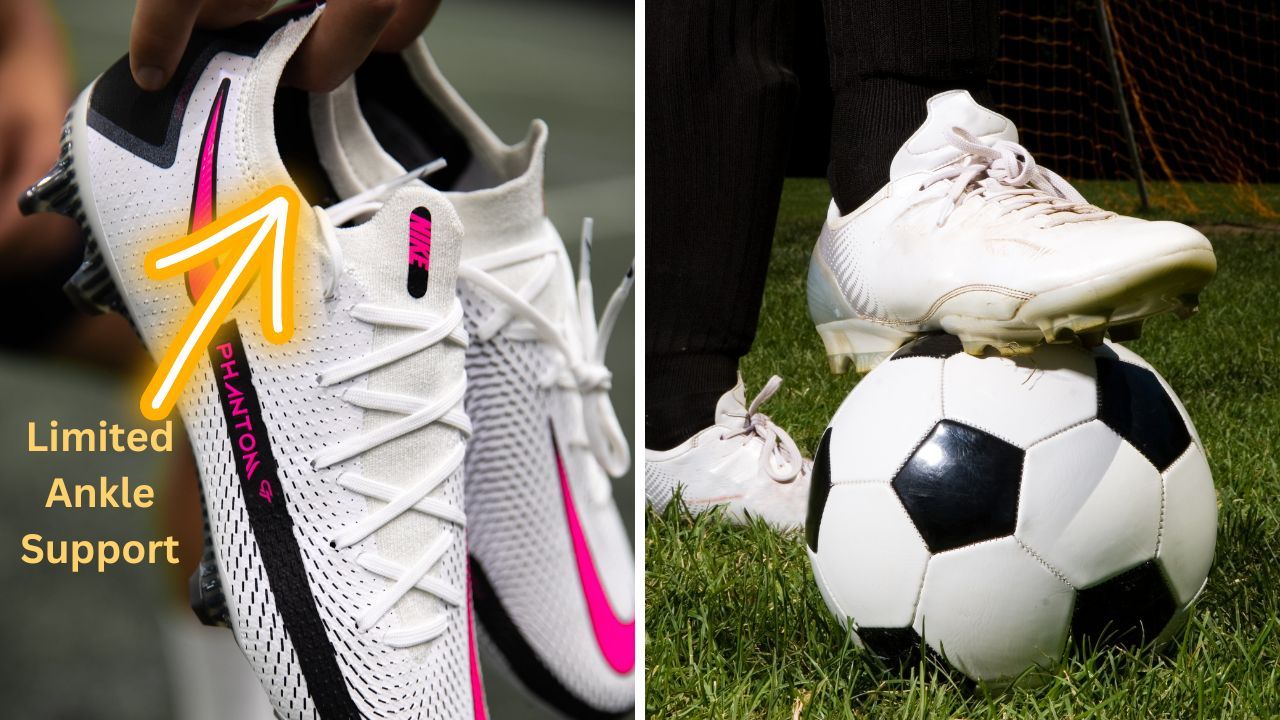
When it comes to playing soccer, there are definite benefits that come with using cleats designed for the sport. It is important to take into consideration any potential drawbacks of this choice as well. The structure and support provided by football-specific cleats may not be mirrored in their soccer counterparts, which could cause a dip in on-field performance levels.
Some of these types of footwear do not offer maximum protection like what would usually come from football cleats meaning higher chances for sustaining injuries while engaging in sports activities such as soccer or football.
Limited Stability and Support
The variation between soccer and football cleats in design greatly affects the level of stability as well as support offered by each type. Soccer cleats have a reduced height profile along with less coverage on the ankle area which can affect balance and stability for athletes who need additional help like linemen or linebackers. They usually come with different studs layout unlike football ones that contain an extra spike at its front end to provide improved hold when pushing against stronger players or making changes quickly in movement during gameplay. This creates greater traction than what is achievable from conventional soccer footwear.
Reduced Protection
When comparing the protective qualities of soccer and football cleats, it is important to consider that soccer shoes have a lower level of protection than their counterparts. This could lead to an increased risk for injury when playing on grass fields due to the specialized stud layout which allows optimal grip but does not provide as much coverage as what specifically designed football cleats offer. In particular, there being no toe-studded element within regular soccer footwear may make players more prone while attempting defensive moves or running away from other team's tacklers during playtime. So weighing out all pros and cons should be done before deciding whether wearing normal "soccer" cleats would suffice in football games or if dedicated models made specifically for this sport are needed instead.
Comparing Soccer and Football Cleats
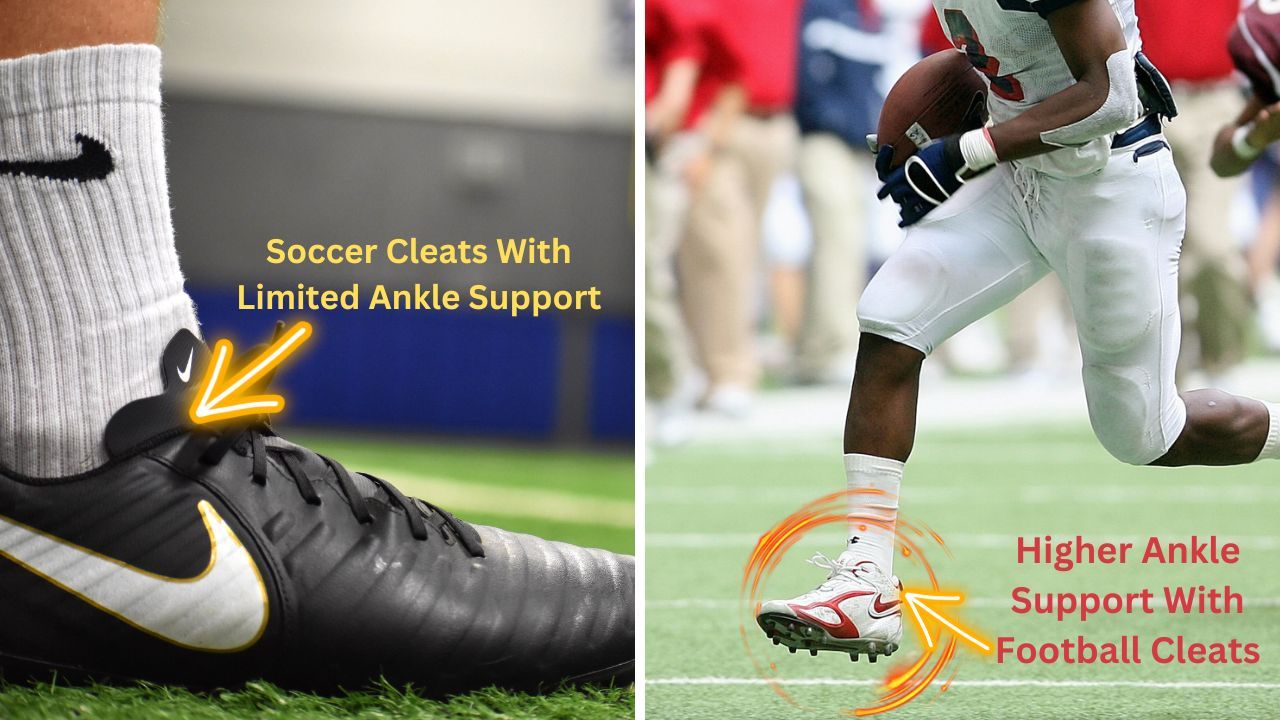
When analyzing soccer and football cleats, it is necessary to take into account differences in design as well as material composition. Soccer cleats are lower cut with less ankle coverage for greater agility on the pitch. On the contrary, football cleats are made from more durable materials that provide a higher profile support suitable for players needing extra protection and stability. Both soccer and football require different types of footwear suited specifically to each sport. Thereby emphasising why paying attention to these two aspects when choosing between the two activities' respective cleats is essential!
Design Differences
Soccer and football cleats have distinct designs that set them apart. Soccer cleats usually feature four studs near the heel and six around the toe box, while those for football are outfitted with longer studs as well as a toe one to ensure superior traction and support during play. Soccer is best enjoyed when played in low-cut shoes allowing greater agility while more coverage is desired by players of American Football who need extra ankle protection, which these kinds of cleats provide through their high cut design.
Material Variations
Cleats made specifically for soccer are usually built with lighter synthetic materials than those used to make football cleats, providing extra speed and agility on the field. Conversely, leather or other synthetics may be employed in manufacturing football shoes – this is often done so as to give additional stability and support for players who need it most during their game play. Both types of footwear have a common goal: ensuring optimal performance levels while shielding wearers from any potential harm whilst taking part in either sport, soccer or football.
Choosing the Right Cleats for Your Position
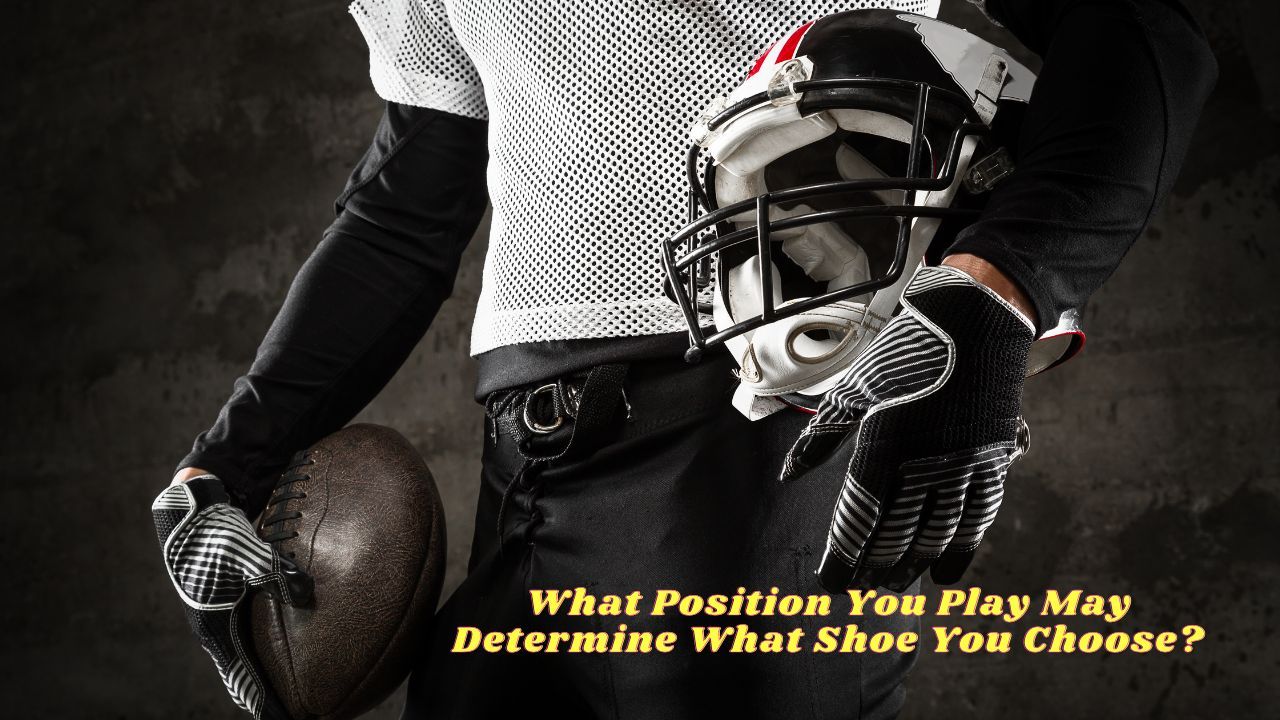
Finding the right soccer cleats to suit your football position is very important for improved performance and safety on the field. Factors such as fit, player role, toughness, ankle protection and weight should all be taken into account when selecting these cleats.
It's essential that one weighs up both the advantages and disadvantages of wearing soccer boots in this sport while being conscious of what specific duties their playing role requires. Soccer cleats play an integral part with regards to a player's efficiency during matches involving football, making sure you make use of quality ones can have major benefits!
Kickers and Punters
Kickers and punters can benefit greatly from soccer cleats due to their lightweight design which allows for increased mobility. Popular models such as the Nike Premier, Adidas Copa Mundial or Nike Tiempo are all great choices if you're looking for suitable footwear specifically for kicking/punting in a game of football. It's important to remember that some players may prefer additional ankle support on their plant foot so they remain stable during kicks, there are an array of football shoes with enhanced structure designed specifically with kickers in mind.
Linemen and Linebackers
For linemen and linebackers, the use of football cleats is recommended for their increased stability, reinforcement and security. Such higher cut shoes are made with more solid material that ensures players have adequate support when participating in a physically demanding game on the field.
On contrast to soccer cleats which could provide an advantage concerning speed and agility. These ones come up short since they fail to protect fully from potential risks associated with them thus making it unsuitable for this particular sporting discipline.
Proper Care and Maintenance of Soccer Cleats
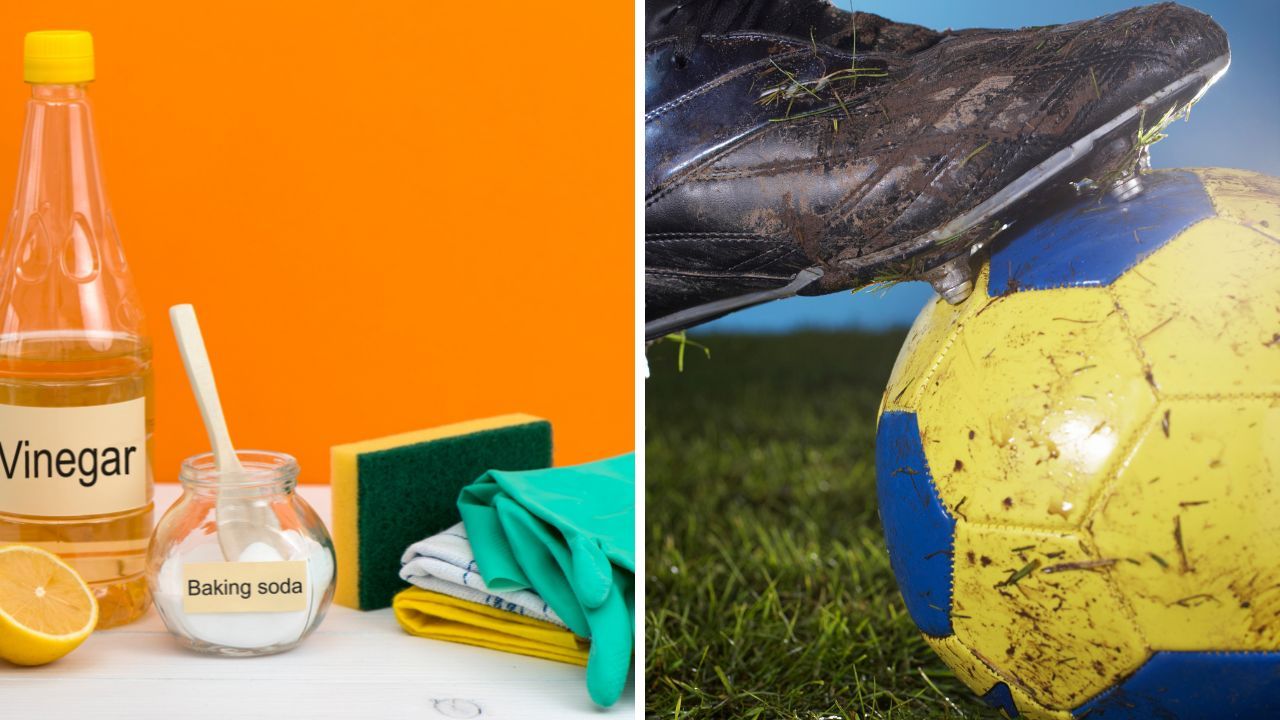
Properly caring for and maintaining soccer cleats is essential to maximizing one's performance on the field, as well as prolonging their lifespan. To achieve this, it's recommended that a soft brush and mild soap be used regularly when cleaning them. Remove insoles/laces before washing. Allow drying completely before storing in a dry cool area. Inspecting your cleats periodically for any signs of wear or damage then replacing accordingly will help guarantee safety whilst playing soccer.
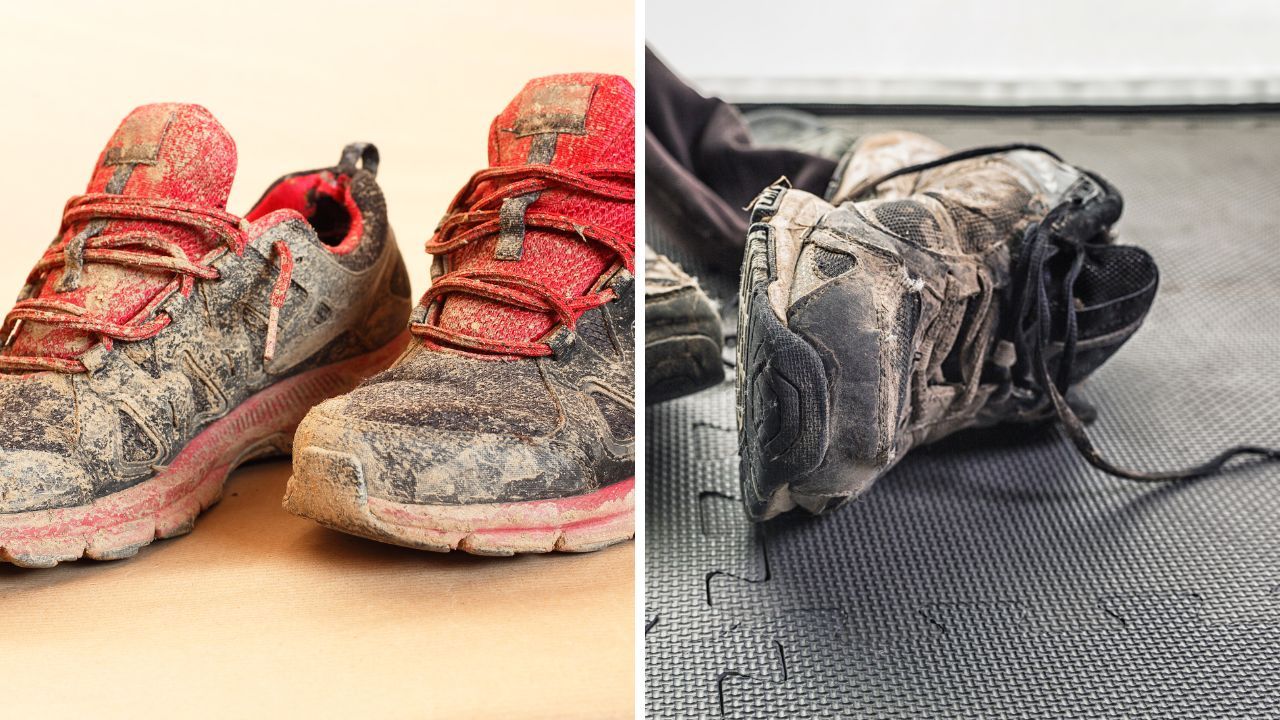
Alternatives to Soccer Cleats for Football
For soccer and football players who may need something other than cleats, there are various alternatives that can guarantee protection as well as suitable performance on the field. For example, turf shoes provide a secure foothold with great traction for any artificial surfaces they're used in while shielding from hard ground. Basketball or running sneakers if playing on artificial turf offer plenty of cushioning to reduce shock absorption and make it easier for players to be more agile as long as your not breaking any rules in your sport.
Summary
To make an informed decision that will enable football players to reach peak performance on the field, it is essential to consider all of the factors relating to soccer and football cleats. While soccer cleats can bring advantages such as greater agility and pace for those who choose them, there are also potential risks including reduced stability and protection. Weighing these points before selecting a pair of appropriate cleats for one's position in football is vital.
Alternative footwear options exist beyond just choosing between soccer or football versions. Turf shoes, running trainers, even basketball sneakers if allowed on artificial turf could be suitable alternatives depending on individual preferences regarding playing style and league regulations when making this crucial selection about wearing soccer cleats for participation in any form of organized gridiron contest.
So in a nutshell, the debate of whether you can use soccer cleats for football is a common one among athletes who play both sports. It's essential to understand the differences between soccer cleats and football cleats before making a decision.
Soccer cleats are designed with a focus on running and maneuvering on the field. They typically have evenly spaced, rounded studs that allow soccer players to easily pivot and change direction. Football cleats, on the other hand, often feature a mix of rounded and bladed studs, providing better traction for the quick stops and lateral movements required in football.
When considering if soccer cleats work for football, one must take into account the additional toe cleat found in football cleats. This extra spike near the toe area helps players push off from the line of scrimmage and gain an advantage during takeoffs. Spike soccer cleats do not have this feature, as it's not necessary for the sport.
Another factor to consider is the level of ankle support provided by each type of cleat. Football cleats tend to have a higher cut design, offering more protection during tackles and sudden changes in direction. Soccer cleats are usually designed with a lower cut, which allows for greater flexibility and range of motion.
While it might be tempting to wear football cleats for soccer or vice versa, it's not recommended due to the differences in their designs and functions. Wearing football cleats as a soccer player could hinder performance and increase the risk of injury. Similarly, using soccer cleats to play football may result in inadequate traction and support.
In conclusion, it's best to invest in sport-specific cleats to ensure optimal safety, comfort, and performance on the field. Although football and soccer cleats may have some similarities, their unique features cater to the specific demands of each sport.
FAQ's About Whether You Can Use Soccer Cleats For Football
Is there a difference between soccer and football cleats?
Yes, a distinction can be made between soccer and football cleats. The former has a lower ankle cut for improved agility as well as smaller studs optimized to play on natural grass, while the latter features higher cuts that offer more support and guard with large studs ideal for playing on artificial surfaces.
What cleats can be used for football?
When it comes to playing football, soccer cleats can be used but football cleats are the best choice. Not only do they offer traction for optimal performance, but also provide protection that is essential in order to keep players safe. Football cleats designed specifically for this sport should be worn by all participants as they will guarantee proper equipment with maximum efficiency. Soccer or football cleats can thus easily meet a footballer’s needs while on the field, which makes them suitable choices when engaging in a game of football!
Do I need football cleats?
Yes, in order to maximize your football game performance and stay safe while playing, it is essential that you wear football cleats if your playing football. Such shoes provide increased traction for making quick turns plus greater stability which can protect against potential injuries.
With detailed and rigorous research, we provide our readers with the finest recommendations. Our recommendations are our opinions. Our cause is backed by reader support- for every click made through one of our affiliates links, a commission may be earned at no extra expense to you! As an Amazon Associate, Reviewsopedia may earn a commission from qualifying purchases. Thank you and enjoy!
Other Related Articles

